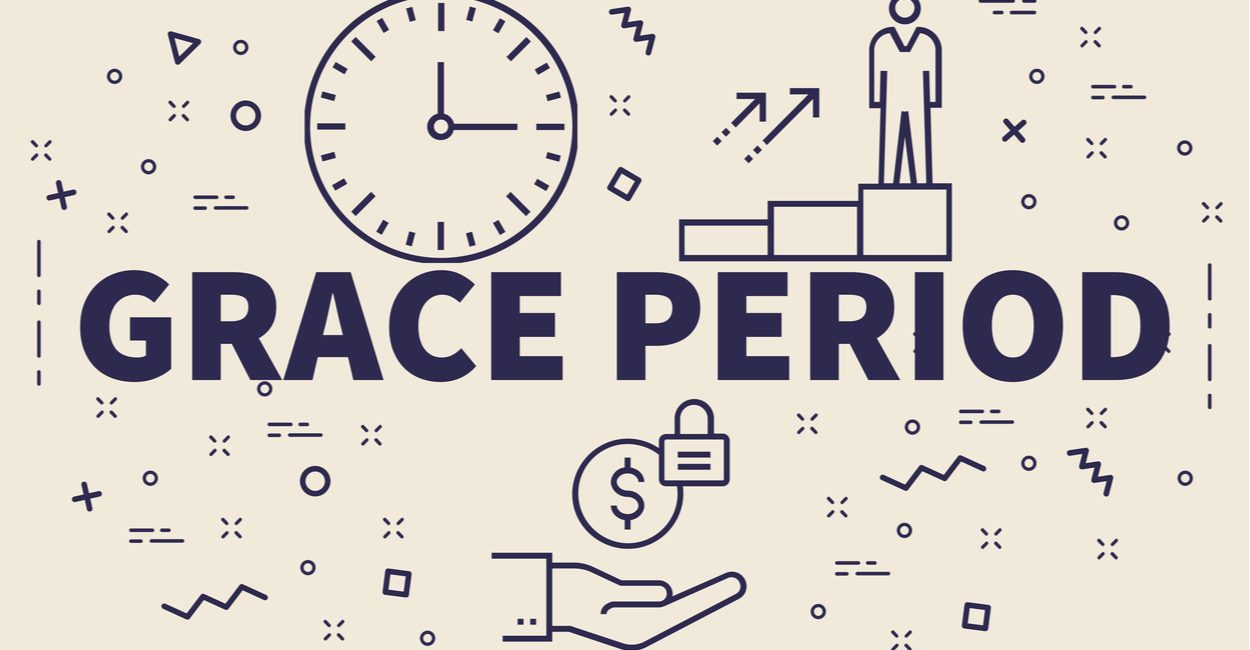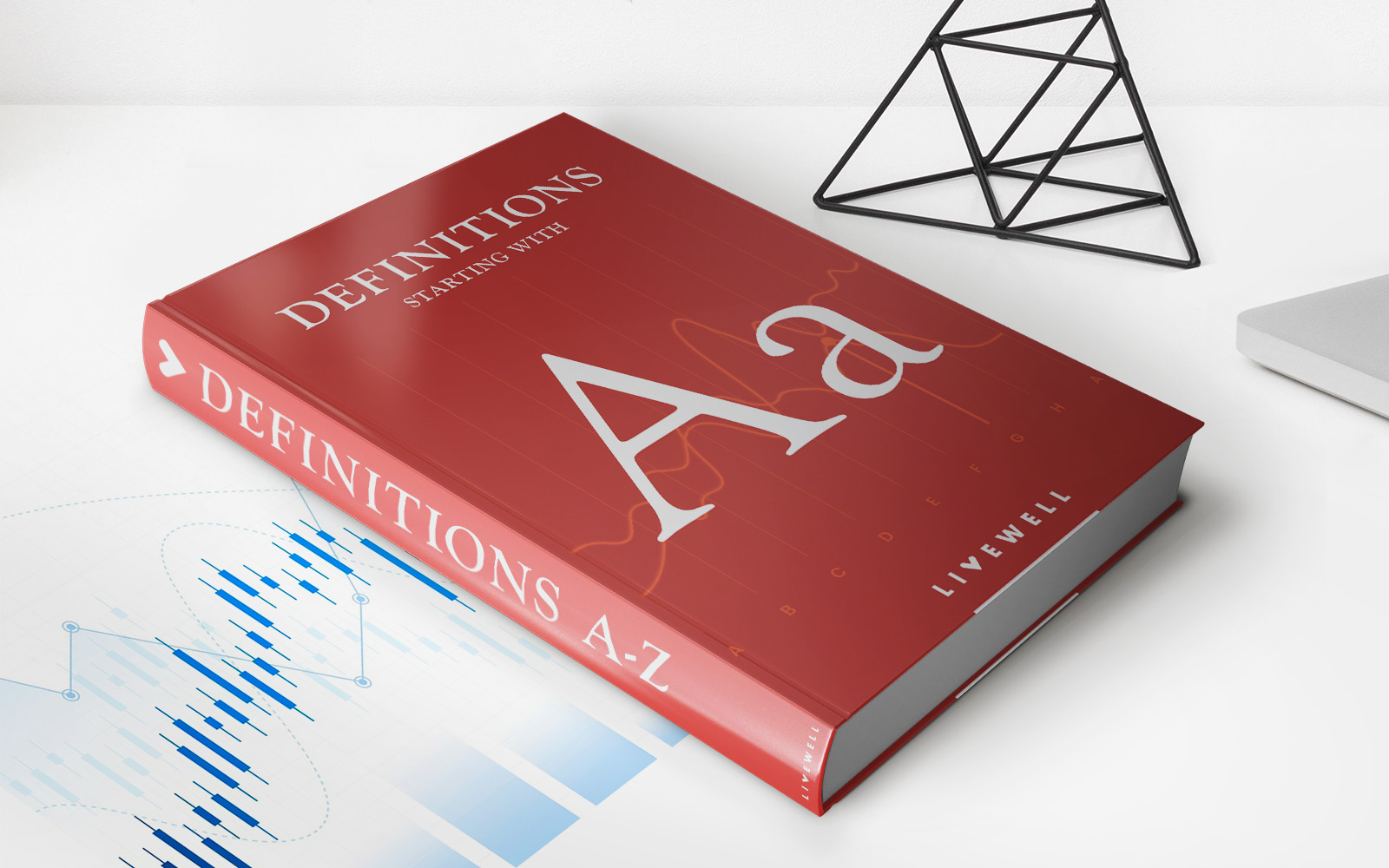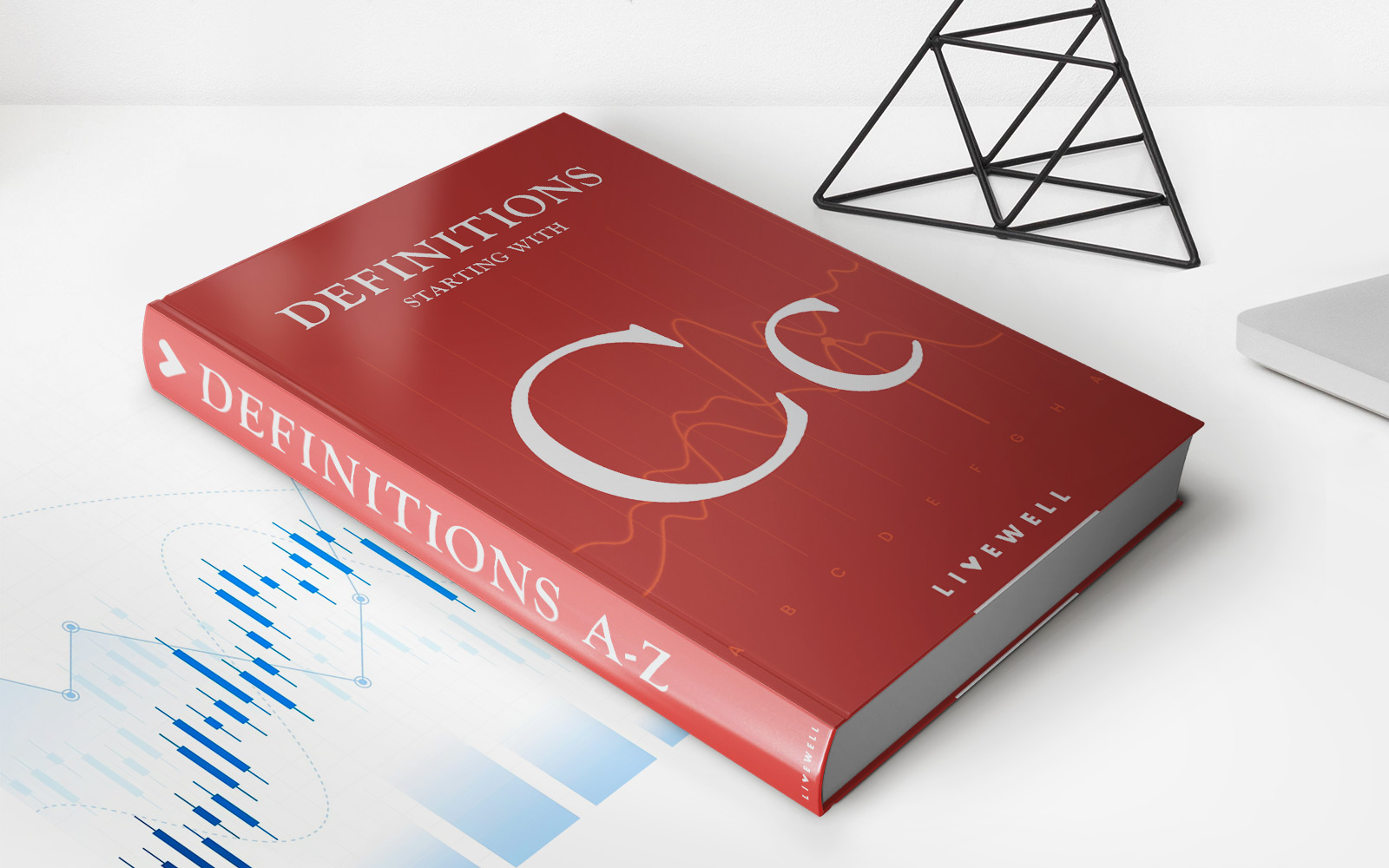Home>Finance>How Much Grace Period Does Chase Give With Credit Card


Finance
How Much Grace Period Does Chase Give With Credit Card
Modified: March 2, 2024
Chase credit cards offer a grace period for making payments, providing flexibility and peace of mind for your finances. Learn more about the grace period and how it can benefit your financial management.
(Many of the links in this article redirect to a specific reviewed product. Your purchase of these products through affiliate links helps to generate commission for LiveWell, at no extra cost. Learn more)
Table of Contents
Introduction
Credit cards have become an indispensable financial tool for many individuals, offering convenience, security, and rewards. Understanding the nuances of credit card usage is crucial for making informed financial decisions. One such important aspect is the grace period, which can significantly impact your financial management.
The grace period on a credit card refers to the duration during which you can make purchases without incurring any interest charges. It is essentially an interest-free window, providing cardholders with the opportunity to pay off their full statement balance without accruing interest. This period typically starts at the end of a billing cycle and ends on the payment due date.
In this comprehensive guide, we will delve into the specifics of grace periods on credit cards, with a focus on the policies and practices of Chase, a prominent player in the credit card industry. By understanding the intricacies of grace periods and how they apply to Chase credit cards, you can make informed choices and optimize your financial strategies.
We will explore the factors that influence grace periods, the implications of Chase's grace period policy, and practical tips for maximizing the benefits of this interest-free timeframe. Whether you are a seasoned credit card user or just starting your financial journey, this guide will equip you with valuable insights to make the most of your Chase credit card's grace period.
Understanding Grace Periods on Credit Cards
A grace period on a credit card is a period of time, typically 21-25 days, during which you can pay your credit card bill without having to pay interest on your new purchases. It is essentially an interest-free window that allows cardholders to carry a balance from one billing cycle to the next without incurring interest charges, provided the outstanding balance is paid in full by the due date.
During the grace period, any new purchases you make on your credit card will not accrue interest as long as you pay the statement balance in full by the due date. This feature can be incredibly advantageous for responsible cardholders who leverage it to manage their cash flow effectively and avoid interest expenses.
It’s important to note that not all credit cards offer a grace period, and the specifics of grace periods can vary between issuers and card products. Understanding the terms and conditions related to grace periods is essential for making informed decisions about credit card usage and repayment strategies.
Furthermore, the presence and duration of a grace period can be influenced by factors such as the cardholder’s billing cycle, payment due date, and the issuer’s policies. By comprehending the concept of grace periods and how they function, cardholders can make strategic choices to minimize interest costs and optimize their financial management.
As we delve deeper into the specifics of Chase’s grace period policy, it’s important to grasp the fundamental principles of grace periods on credit cards and their implications for cardholders. This understanding will serve as a foundation for effectively navigating the nuances of Chase credit card grace periods and maximizing their benefits.
Chase Credit Card Grace Period Policy
Chase, a prominent issuer of credit cards, offers a variety of card products with differing terms and features, including grace periods. Understanding Chase’s grace period policy is crucial for cardholders to make informed decisions about their spending and repayment strategies.
Chase generally provides a grace period on its credit cards, allowing cardholders the opportunity to pay their statement balance in full without incurring interest on new purchases. The specific duration of the grace period can vary based on the terms of the individual credit card and the billing cycle. Typically, the grace period spans around 21-25 days, providing cardholders with a reasonable timeframe to settle their balances interest-free.
It’s important for Chase credit cardholders to review the terms and conditions of their specific card to understand the exact details of the grace period, including the start and end dates, as well as any factors that may impact its applicability. By being aware of the grace period policy associated with their Chase credit card, cardholders can effectively plan their purchases and payments to optimize the benefits of the interest-free period.
Chase’s commitment to providing a grace period reflects its recognition of the value it brings to cardholders, enabling responsible financial management and promoting a positive cardholder experience. By leveraging the grace period effectively, cardholders can make strategic financial decisions, avoid unnecessary interest expenses, and maintain control over their credit card balances.
As with any credit card issuer, it’s essential for Chase credit cardholders to stay informed about any updates or changes to the grace period policy, ensuring that they can adapt their repayment strategies accordingly. By staying attuned to the specifics of the grace period and its implications, cardholders can harness this feature to their advantage and enhance their overall financial well-being.
Factors Affecting Grace Periods
The duration and applicability of the grace period on a credit card can be influenced by various factors, shaping the cardholder’s experience and financial management strategies. Understanding these factors is essential for maximizing the benefits of the grace period and making informed decisions about credit card usage.
- Billing Cycle: The timing of the billing cycle plays a crucial role in determining the length of the grace period. A longer billing cycle may provide a more extended grace period, offering cardholders additional time to pay their statement balance without incurring interest on new purchases.
- Payment Due Date: The payment due date marks the end of the grace period. Cardholders must ensure that their full statement balance is paid by this date to avoid interest charges on new transactions. Understanding and adhering to the payment due date is vital for leveraging the grace period effectively.
- Card Issuer’s Policies: Each credit card issuer, including Chase, establishes its own policies regarding grace periods. These policies may vary across different card products, impacting the duration and terms of the grace period offered to cardholders.
- Account Standing: The cardholder’s account standing, including factors such as payment history and credit utilization, can influence the availability and duration of the grace period. Responsible financial behavior may contribute to a more favorable grace period, while delinquencies or high utilization may impact its applicability.
- Cardholder Agreement: The specific terms and conditions outlined in the cardholder agreement provide clarity on the grace period and any factors that may affect its availability. Cardholders should review this agreement to gain insights into the grace period associated with their credit card.
By considering these factors, cardholders can gain a comprehensive understanding of the grace period on their credit card, enabling them to make informed decisions about their spending, repayment timelines, and overall financial strategies. Maximizing the benefits of the grace period entails aligning purchases and payments with these influencing factors, ultimately fostering responsible credit card usage and effective financial management.
Maximizing Your Chase Credit Card Grace Period
Effectively leveraging the grace period on your Chase credit card can contribute to prudent financial management and help minimize interest costs. By employing strategic approaches, cardholders can optimize the benefits of the interest-free window and enhance their overall credit card experience.
Timely Payments: Paying the full statement balance by the payment due date is essential for maximizing the grace period. By ensuring timely payments, cardholders can avoid interest charges on new purchases and capitalize on the interest-free period provided by Chase.
Strategic Purchase Timing: Understanding the billing cycle and payment due date allows cardholders to time their purchases effectively. Making significant transactions early in the billing cycle can extend the interest-free period, providing more time to manage the outstanding balance without incurring interest.
Financial Planning: Incorporating the grace period into financial planning can help cardholders allocate funds for timely repayment. By factoring in the interest-free window, individuals can align their spending and payment strategies to make the most of this feature.
Reviewing Card Terms: Regularly reviewing the terms and conditions of your Chase credit card can help you stay informed about the specifics of the grace period and any updates to the policy. This proactive approach ensures that you are aware of the available interest-free timeframe and can adapt your financial decisions accordingly.
Responsible Credit Utilization: Maintaining a healthy credit utilization ratio, which is the proportion of your credit limit that you use, can positively impact your credit score and overall financial well-being. By managing your credit utilization effectively, you can potentially influence the terms of the grace period and optimize its benefits.
By implementing these strategies, Chase credit cardholders can make the most of the grace period provided by their card, fostering responsible financial habits and minimizing interest expenses. Effectively managing the interest-free window aligns with prudent financial planning and contributes to a positive credit card experience.
Conclusion
The grace period on a credit card, including those offered by Chase, represents a valuable feature that empowers cardholders to manage their finances responsibly and minimize interest costs. By understanding the dynamics of grace periods and the specific policies of their Chase credit cards, individuals can make informed decisions to optimize this interest-free window.
Maximizing the benefits of the grace period involves strategic financial planning, timely payments, and a comprehensive understanding of the factors that influence its applicability. By aligning purchases and repayment strategies with the grace period, cardholders can leverage this feature to their advantage, contributing to prudent financial management and a positive credit card experience.
Chase’s commitment to providing a grace period reflects its dedication to enhancing the cardholder experience and promoting responsible credit card usage. As cardholders navigate their financial journeys, staying informed about the specifics of the grace period and proactively managing their credit card balances can contribute to long-term financial well-being.
Ultimately, the grace period serves as a tool for cardholders to exercise financial control, minimize interest expenses, and optimize their cash flow. By integrating the grace period into their financial planning and repayment strategies, Chase credit cardholders can harness this interest-free window to its full potential, fostering a positive credit card experience and contributing to their overall financial health.
As with any financial tool, responsible usage and informed decision-making are essential for maximizing the benefits of the grace period. By embracing these principles, individuals can leverage the grace period on their Chase credit cards as a cornerstone of prudent financial management and a pathway to achieving their financial goals.














